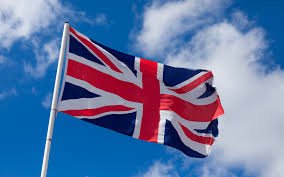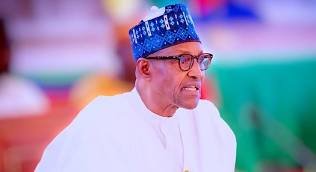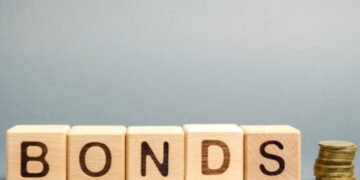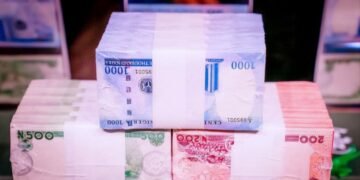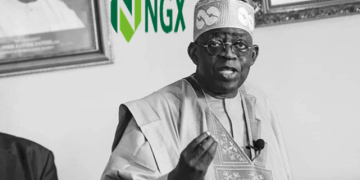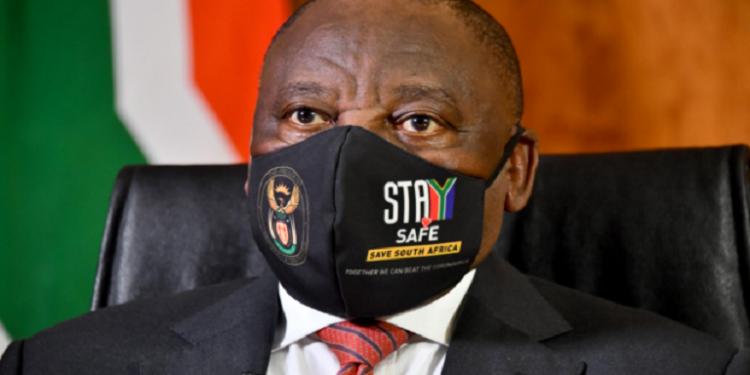(Greenwich Merchant Bank): The South African (SA) GDP for Q3:2020 printed an impressive rebound of 13.5% QoQ from -16.6% QoQ in Q2:2020 on a seasonally adjusted basis, and 66.1% QoQ in Q3:2020 from -51.7% QoQ in the previous quarter when annualised, according to the recently published data from Statistics South Africa on 8th of December 2020.
This was a broad-based growth across all sectors, owing to the easing of the COVID-19 lockdown protocol, which had a tremendous impact in stimulating growth when compared with the preceding quarter.
The sectors that largely fuelled this growth include Manufacturing, Trade, and Mining that contributed 16.2%, 14.6%, and 11.8% respectively on an annualised basis, while the least contributing sectors were the Government and Agricultural sector, which printed 0.9% and 18.5% growth accordingly and contributed 0.2% and 0.6% apiece.
Read also: Covid-19: U.S FDA approves Pfizer/BioNTech vaccine for emergency use
Improved production of basic metal products, petroleum, vehicles, and food and beverages spurred the 210.2% QoQ growth in the Manufacturing sector. Trade growth was pegged at 137.0% QoQ, the second biggest positive contributor to GDP, and this was attributed to the surge in wholesale, retail, and motor trade sales sustained by consumer spending.
Furthermore, the 288.3% QoQ upsurge in the Mining sector was buoyed by increased production of platinum group metals, iron ore, gold, and manganese ore alongside the rise in exports.
An analysis of SA’s Expenditure on GDP revealed that consumers ramped up spending by 69.5%, as the nation-wide lockdown restrictions were eased. On a quarterly basis, Expenditure on GDP increased by 13.8% QoQ in Q3:2020 (67.6% QoQ annualised).
This uptick can be attributed to the improvement in Household Spending (contributing 43.8% to GDP) on items such as Transport, Food, Alcoholic and Non-acholic Beverages; and Exports activities (contributing 38.3% to GDP) in trade vehicles and transport equipment; and precious metals and stones, amongst others.
Read: AIICO Insurance Plc revises down bonus share issue, shifts qualification dates forward
Consequently, Net exports ticked up, as Imports of goods and services dipped in Q3:2020 at an annualised rate of 1.6% QoQ courtesy of the decline in textiles and chemical products. Furthermore, Gross Fixed Capital Formation and Government Expenditure contributed 5.2% and 0.2% respectively to the economy.
We recognise that SA’s quarterly figures for Q3:2020 reflect the country’s exit from a prolonged recession (it’s second in two years), exacerbated by the COVID-19 pandemic.
Nevertheless, the growth recorded still stands afar from the pre-pandemic figures as a yearly assessment reveals its economy shrunk by 6.0% in Q3:2020 when compared to 0.1% growth recorded in the corresponding quarter of 2019. Also, real GDP for the year ended September depicted a contraction of 7.9% (unadjusted).
Nonetheless, SA’s growth still surpassed analysts’ expectations, particularly as the country was one of the worst-hit by COVID-19 in Africa with more than 800,000 confirmed cases and about 22,000 casualties. Considering the increase in newly reported COVID-19 cases, we posit that risks stemming from the threats of a second wave of COVID-19 infections, power shortages, shrinking employment figures, heightened public debt, and the dearth of fiscal innovations pose significant headwinds to its projected rebound in subsequent quarters.










